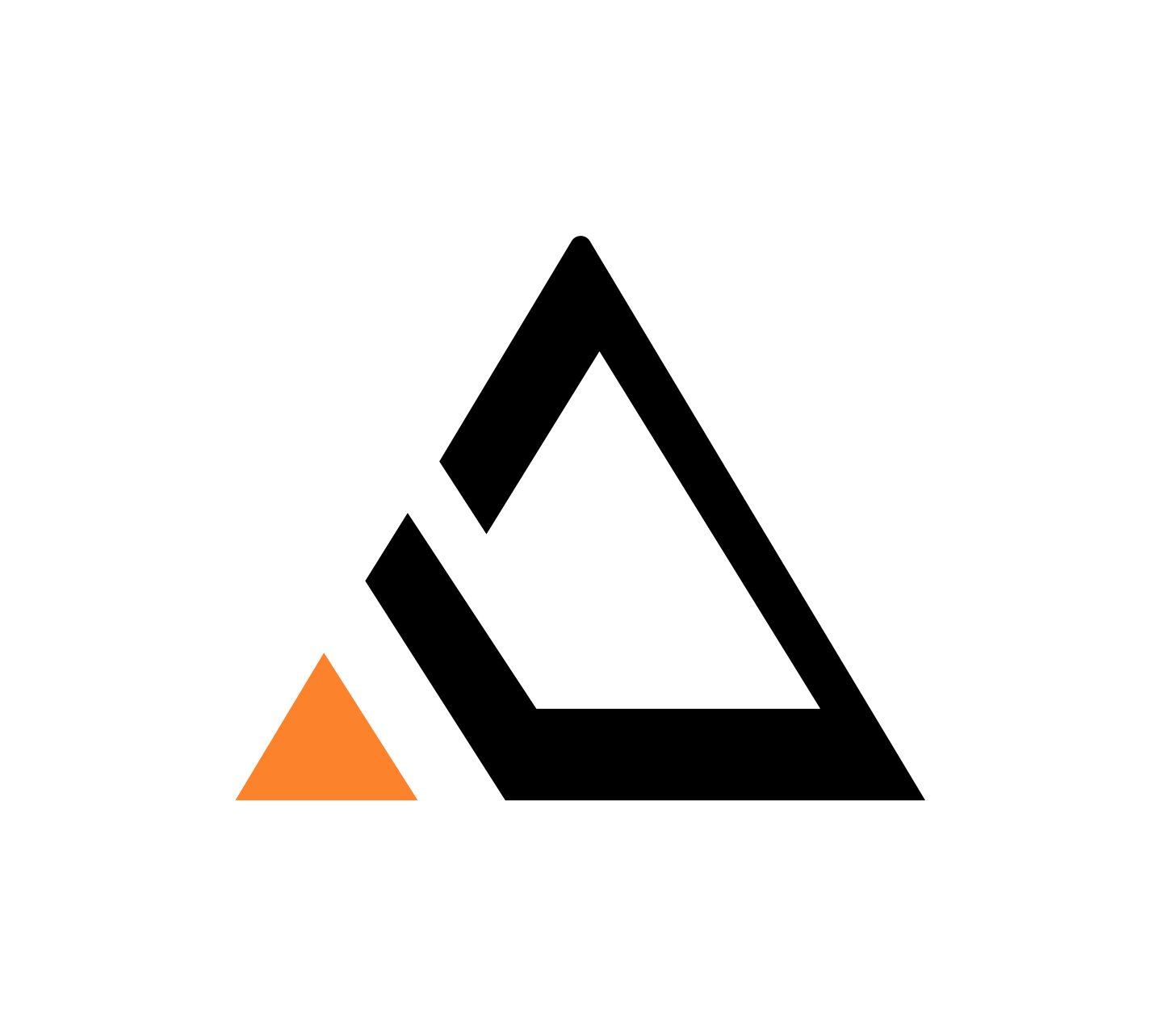|
A unified content strategy is the cornerstone of effective marketing, particularly for tech firms that need to balance innovation with clear, targeted communication. Over 85% of decision-makers increased spending on their content market budgets globally in 2024. Developing and executing a robust B2B content strategy, however, often feels like navigating a maze. More than 25% of B2B marketers identify lack of strategy as a significant issue. From content planning and persona development to gap analysis, editorial consistency, and managing the full content lifecycle, each step presents its own unique challenges. Adding to this complexity are rapidly shifting market dynamics and a B2B marketing landscape, emerging industry trends, and evolving regulatory environments. Content doesn’t exist in isolation - it’s influenced by both internal priorities and external dynamics, making an adaptable strategy critical for tech companies to deliver consistent, value-driven brand experiences that build trust and industry authority. This blog highlights seven key hurdles and actionable steps to overcome them, ensuring your content strategy drives measurable results. Key B2B Content Strategy Challenges and Solutions for Tech Leaders
1. Content Planning & Strategy DevelopmentChallenge: Around 27% of B2B marketers indicate that advance planning is essential in case any pivots are needed, such as to accommodate events like pandemics and political unrest, signaling one of the most significant ways that industry has transformed. But long-term planning often falls apart when short-term priorities shift, whether it’s a new product launch or a market disruption. Without a definitive, adaptable plan, teams can lose focus and waste resources. Additionally, the fast-paced nature of the tech industry, combined with niche target audiences and complex products, makes it challenging to create a strategy that is both forward-thinking and actionable. Without a clear plan, content efforts can become disorganized, reactive, and misaligned with overarching business goals. Solution: Clarify your objectives, understand your target audience, and establish core messaging pillars that align with your brand’s goals. For tech companies, this means crafting personas for key stakeholders like CIOs and IT managers, identifying their challenges, and tailoring content to meet their needs. A detailed content calendar ensures consistency, outlining a mix of formats, such as blogs, case studies, and webinars, that cater to different audience preferences. Effective distribution strategies, combined with measurable KPIs, ensure your content reaches the right people at the right time. For example, a cybersecurity startup was struggling to generate awareness and leads due to scattered content efforts. Orange Bridge Marketing partnered with the company to develop a comprehensive content strategy that included monthly themes, targeted formats, and an integrated distribution plan. Within nine months, they achieved a 50% increase in inbound leads and significantly improved their brand presence within their target market. 2. Persona Development Challenge: Many tech companies struggle to create detailed, actionable personas for their B2B audiences. The complexity of buyer journeys, involving multiple stakeholders with different priorities, often leads to overly broad personas that fail to guide content creation effectively. Without a clear understanding of who the content is targeting, messaging can miss the mark, resulting in lost opportunities for engagement and conversion. Solution: Effective B2B persona development requires a deep dive into your target audience’s needs, pain points, and decision-making processes. This includes gathering data from multiple sources, including customer interviews, analytics, and sales team insights, and mapping the goals and challenges of each persona to specific stages of the buyer journey. Regularly update these personas to reflect shifts in buyer behavior. For example, an AI-powered risk management firm faced challenges in engaging IT decision-makers and department heads effectively. Orange Bridge conducted in-depth research to refine their B2B personas, identifying specific pain points like integration challenges and cost management. With these insights, the company launched a content campaign tailored to each persona, resulting in a 35% increase in lead generation and a higher engagement rate across targeted content assets. 3. Content Gap AnalysisChallenge: Identifying gaps is often time-consuming, especially for firms with extensive content libraries. Missing high-demand topics can mean losing potential leads to competitors. The ever-evolving nature of the technology landscape in conjunction with niche audiences and highly specialized topics can also make it difficult to identify what’s missing. Without a strategic approach, tech firms risk losing audience engagement or falling behind competitors who address these gaps effectively. Solution: SEMrush discovered that 88% of the top-performing content marketers conduct content audits at least twice a year. Conduct regular content audits using advanced SEO tools, customer feedback, and performance metrics to identify underexplored topics, outdated materials, and areas of high demand. Address these gaps with a prioritized content map and impactful, data-driven content that resonates with your target audience. This approach ensures that your content aligns with your business goals and addresses the audience needs, whether it’s CIOs, IT managers, or other decision-makers in the tech sector. A cybersecurity firm, for instance, struggled to attract organic traffic in a highly competitive space. Through a content audit and gap analysis, Orange Bridge identified a lack of content targeting mid-market companies, a growing audience segment. By creating case studies, white papers, and blogs specific to their concerns, the company increased organic traffic by 35% and expanded their lead pipeline within six months. 4. Content Creation & CollaborationChallenge: Misalignment between departments leads to inefficiencies and inconsistent messaging. Aligning content across sales and marketing is a challenge for 43% of companies, with 40% attributing communicating across organizational challenges as another key hurdle. Additionally, for tech companies, ensuring technical accuracy without losing marketing appeal is particularly challenging regarding B2B content creation. Solution: Leverage a proven content creation process that prioritizes alignment and collaboration across teams. Utilizing centralized tools and structured workflows can streamline the entire content lifecycle, from ideation to final approval, while eliminating bottlenecks. This approach ensures that every piece of content reflects your brand’s voice, technical expertise, and strategic goals while minimizing production delays. Orange Bridge implemented this process for a SaaS company struggling with disjointed content. By efficiently coordinating across teams and aligning messaging with business objectives, we reduced production time by 30% while doubling engagement with key decision-makers. 5. Establishing Governance & Maintaining Editorial GuidelinesChallenge: Establishing brand governance throughout channels promotes robust brand identities. Gartner reports that best-in-class brands average 119% higher engagement rates on social media than non-leading brands by leveraging this practice. As tech companies grow and scale their content efforts, maintaining consistency in tone, voice, and messaging becomes increasingly difficult. With multiple contributors across departments or external partners, the risk of off-brand or disjointed content rises, leading to confusion among your target audience. Solution: Develop a holistic editorial style guide that evolves with the brand. Establish and enforce robust editorial guidelines that act as a single source of truth for your brand's content. These guidelines should outline key elements such as tone, voice, preferred brand terminology, formatting standards, and audience-specific messaging. Tech leaders, including Microsoft, IBM, SAP, NVIDIA, and EY, adhere to consistent content and editorial guidelines that help enforce their respective brand image. Beyond creating the guide, it’s essential to train your team on its use and provide regular updates to keep it aligned with your evolving brand and industry standards. This approach proved effective for a professional services company that faced challenges implementing and maintaining editorial consistency while scaling its content production. Orange Bridge developed a comprehensive, accessible style guide tailored to their audiences, including decision-makers in IT and finance. This reduced off-brand content by 26%, enhanced customer trust, and improved content quality across the board. 6. Content Framework Development Challenge: Gartner research indicates that companies with structured content processes are 45% more likely to achieve their marketing goals. Scaling content creation without a clear framework often leads to inefficiencies, inconsistent messaging, and missed opportunities. For tech companies managing complex messaging across diverse audiences, the absence of a comprehensive framework can lead to generalized, fragmented, or excessively tactical marketing plans. The result is a B2B marketing program whose effectiveness is hard to measure and provides a narrow, short-term perspective of success. Solution: Build an actionable framework that includes templates for content types, workflows for approvals, and distribution plans. Align the framework with content pillars that represent your core messaging. Implementing a well-defined content framework is critical for creating cohesive, scalable content strategies. This framework should include templates for different content types, including blogs, whitepapers, and case studies, in addition to predefined workflows for content approvals and guidelines for distribution. It ensures every piece of content aligns with your overarching strategy while streamlining production and maintaining brand consistency. A technology consulting firm partnered with Orange Bridge, for example, to create a comprehensive content framework centered on their service areas and target industries. The framework included developing reusable topic templates, mapping content pillars that reflected their brand’s core messaging and success priorities, and a distribution strategy aligned with their buyer personas. Within six months, they increased content production efficiency by 40% and saw a 25% boost in audience engagement. 7. Content Lifecycle Management Challenge: Tech companies often struggle to manage the entire content lifecycle, from ideation to creation, distribution, and eventual retirement or repurposing. Without a clear process, outdated, irrelevant, or redundant content lingers, reducing its value and potentially harming your brand’s credibility. Meanwhile, opportunities to refresh high-performing content or repurpose it for new formats are frequently missed. Solution: Effective content lifecycle management involves efficiently managing content at every stage, including scheduling regular audits to identify outdated or underperforming content, tracking engagement metrics, and developing a system to retire, update, or repurpose content as needed. This results in a dynamic content library that stays relevant, aligns with your goals and audience’s evolving needs, and maximizes ROI. A cloud solutions provider, for instance, faced declining organic traffic due to irrelevant content that focused on retired features in one of their hero solutions. Orange Bridge conducted a comprehensive content audit, updating key assets and repurposing high-performing articles into webinars and infographics. This strategy increased their organic traffic by 40% and generated a 20% rise in qualified leads within six months. B2B Content Strategy Solutions to Drive Growth & Innovation in Tech
Implementing a robust content strategy can be difficult in a swiftly evolving B2B marketing landscape. By addressing these challenges, whether it’s improving persona accuracy, streamlining collaboration, or managing the content lifecycle, tech leaders can create strategies that drive measurable results. With a considered approach and the right tools, your content can become a powerful driver of growth and innovation. Ready to overcome these obstacles and transform your approach to B2B content? Orange Bridge Marketing offers tailored content strategy solutions that align with your tech firm’s goals. Learn how we implemented a successful long-term content strategy and marketing campaign for a prominent global accounting firm operating in 150 countries amid a dynamic AI regulatory environment. |







